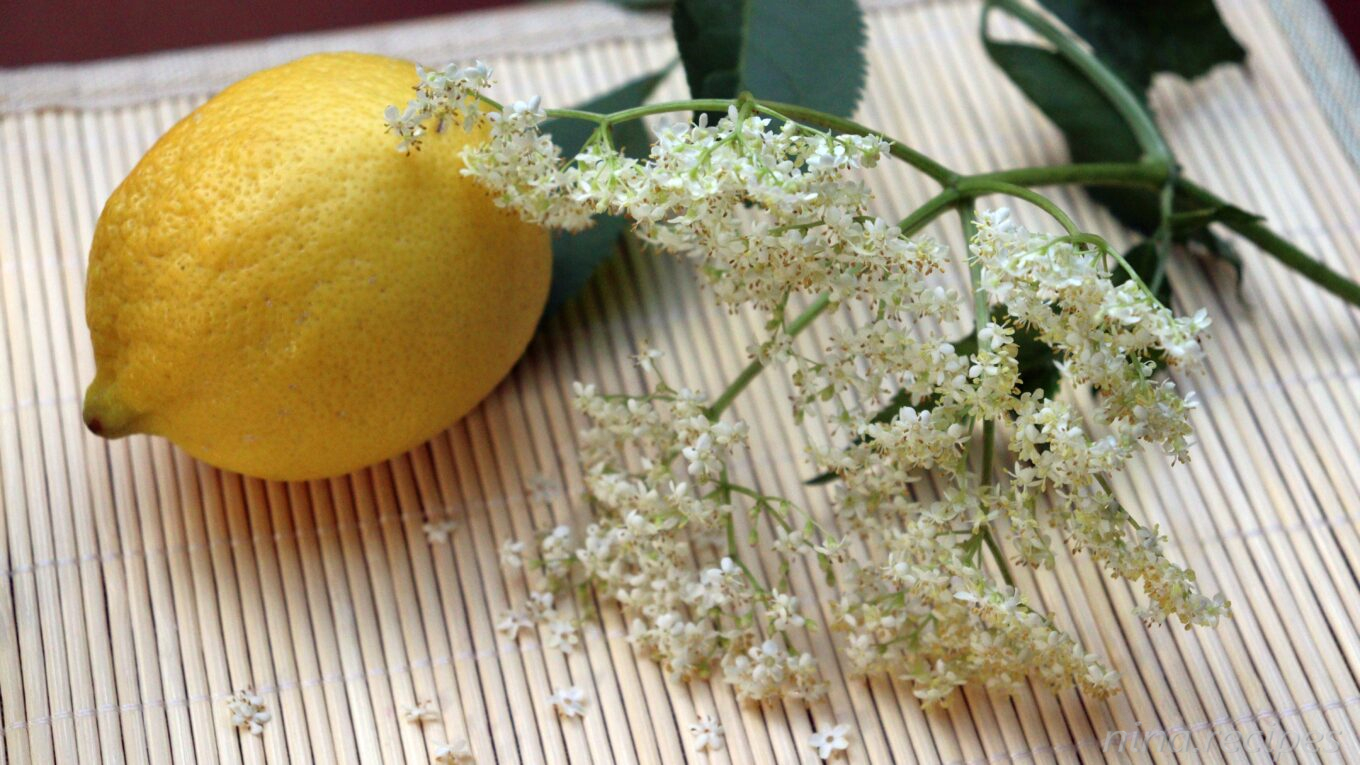Elderflowers and Elderberries
What are Elderflowers?
Elderflowers are the flowers of the elderberry shrub, also known as Elder (Holunder in German) or by its scientific name, Sambucus nigra. Although there are a lot of other varieties, only the ones called Sambucus nigra are eddible.
When can you harvest Elderflowers or Elderberries?
The Elder usually blooms in Germany at the end of Mai until end of June, even Juli in cold high areas, with small variations depending on the region. The berries can be harvested starting with August when they are properly ripe.
Are Elderflowers and Elderberries poisonous?
The flowers are not poisonous and they can also be eaten fresh (in salads, for example), deep fried in a batter (like thinner pancake batter) or in syrups and jams. The fruits are considered to be mildly poisonous if consumed raw but edible after cooking so you can use them to make delicious jams or jellies. The green parts including leaves, stems, unripe berries as well as seeds are poisonous so they should not be consumed.
What can you make with Elderflowers?
- My first option is always a delicious Elderflower syrup which I later use for making Elderflower lemonade. I like combining the flowers with lemon to get a refreshing delicate taste.
- A second option will be to make Elder Flower Fritters: simply make a pancake batter (the French type for crepes so it’s a little more fluid), dip the washed and cleaned stems in it and deep fry them.
- A third option would be to make Elderflower Confiture. The combination of Elderflower and Gooseberries is also an interesting one to take into consideration when making jam.
- From both flowers and berries, you can also make Elderflower wine or Elderberry wine. Other alcoholic drinks like brandy can also be made.
- Less common is Elderberry Soup, a dish traditional in the northern part of Germany. This one is usually made with Elderberry juice and consumed in winter.

